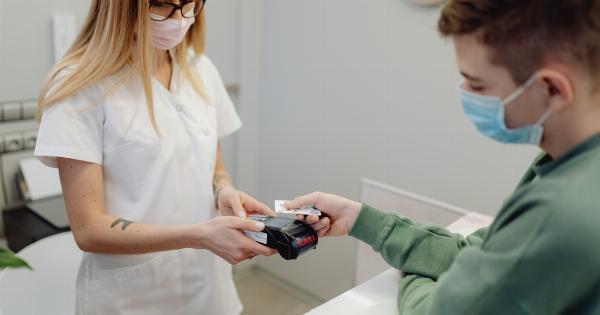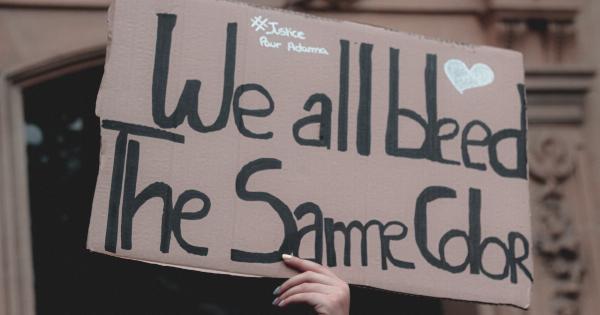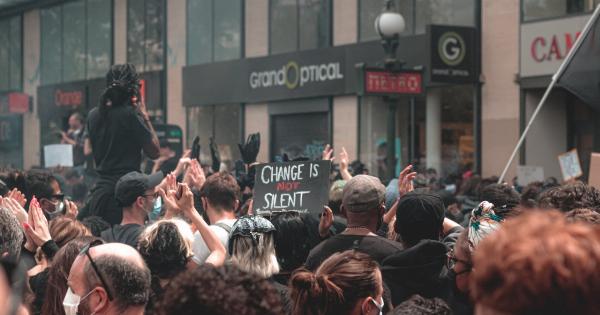Psychiatric care has long been considered a crisis in the United States, and recent studies show that the number of psychiatrists is quickly declining.
As many of the current psychiatrists are reaching retirement age, this has been a major cause of concern for patients and families who depend on psychiatric care. With the rise of mental illnesses across the country, it is important to have access to quality psychiatric care. This article will focus on the psychiatric care crisis, specifically the system’s 17 clinics and its impact on your wallet.
What is Psychiatric Care?
Psychiatric care is a medical specialty that deals with mental illness. It encompasses various forms of therapy and treatment that help an individual cope with their mental health issues.
Mental illnesses can range from anxiety and depression to bipolar disorder and schizophrenia.
The Crisis of Psychiatric Care
Recent reports suggest that there is a psychiatric care crisis in the United States. According to a report from the National Council for Behavioral Health, there are only about 28,000 psychiatrists in the United States.
This is a troubling number because the demand for psychiatric care is increasing due to the high rates of mental illness. The shortage of psychiatrists is expected to become more acute as the current generation of psychiatrists reaches retirement age. Unfortunately, the number of new psychiatrists entering the field cannot keep up with the pace of retirements.
The System’s 17 Clinics
The Department of Veteran Affairs (VA) has 17 clinics that specialize in psychiatric care throughout the United States. This system was created to provide care to former servicemen and women.
Unfortunately, the system’s 17 clinics have seen significant budget cuts in recent years. This has led to a decline in the quality of care provided to veterans. Access to care has also been a major issue for veterans, with many having to wait months or even years to receive the care that they need.
The Impact on Your Wallet
The cost of psychiatric care can be a significant financial burden on individuals and families. Even with insurance, the cost of therapy sessions and medication can add up quickly.
With the shortage of psychiatrists, the prices of treatment can increase due to the limited supply of mental healthcare physicians. This can put a strain on an individual’s budget who is already dealing with the stress of their mental health issues.
The Importance of Accessible Psychiatric Care
Providing accessible psychiatric care is crucial to the well-being of individuals and the community at large. Mental health issues can have a major impact on a person’s day-to-day life.
Not having access to psychiatric care can lead to worsening symptoms that can affect a person’s ability to work, socialize, and maintain personal relationships. Increased access to psychiatric care also has the potential to reduce crime rates by reducing homelessness and alcohol and drug abuse, which are often linked to mental health issues.
Accessible care can also prevent visits to the emergency department for conditions that could be treated in a less expensive setting.
The Solution to the Psychiatric Care Crisis
There is no magic solution to the psychiatric care crisis, but there are several ways in which the situation can be improved. One solution is to increase funding for mental healthcare. This can come from both public and private sources.
With more funding, clinics can provide better care, and there can be an increased number of mental healthcare providers. Another solution is to find ways to incentivize medical students to enter the field of psychiatry. This can be done through loan waiver or forgiveness programs, scholarships, or other financial incentives.
The Role of Technology in Psychiatric Care
Another way to improve the psychiatric care system is through technology. Telepsychiatry is the use of telecommunication technology to provide remote psychiatric care.
This can be especially useful in rural areas, where access to psychiatric care is limited. Telepsychiatry can improve access to care by providing remote video consultations to patients. It can also reduce costs by decreasing the need for patients to travel long distances for appointments.
Conclusion
The psychiatric care crisis is real, and it is affecting individuals and families across the United States. With the shortage of psychiatrists, access to quality care has become a major issue.
This can be compounded by the cost of care, which can be a financial burden to patients and their families. Finding a solution to the crisis is crucial to the well-being of the community as a whole. Increased funding, incentives to medical students, and the use of technology are all potential solutions.




























